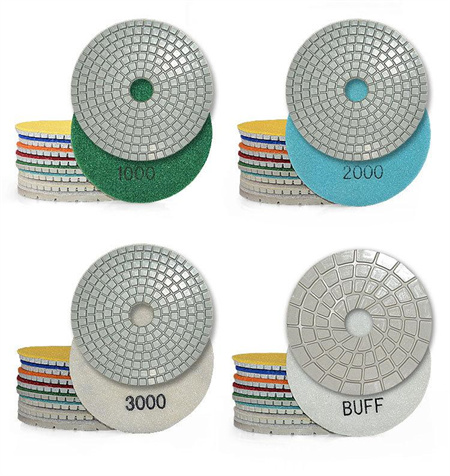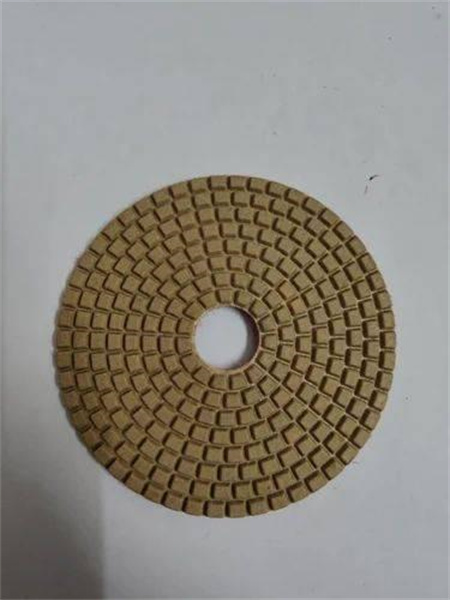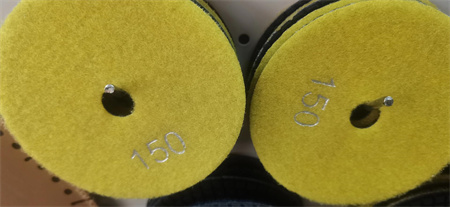Comparing Pad Adhesion Methods for Backing Plates
When it comes to the world of backing plates, especially in applications like sanding or polishing, the way pads adhere to the plate can make all the difference in performance. A strong, reliable bond ensures efficiency, consistency, and precision. But not all adhesion methods are created equal. Over the years, a few different techniques have risen to prominence, each with its unique benefits and drawbacks. Let’s dive into some of the most common methods of pad adhesion and how they compare to one another.

Next, we have pressure-sensitive adhesives (PSA), which are a favorite for those who want a smooth, secure, and relatively permanent attachment. PSA pads use a sticky surface that adheres directly to the backing plate, without any additional fasteners. The bond is formed by pressure alone, meaning no heat or complex tools are necessary. The result is a flat, even surface that offers a stable and reliable connection, even under heavy pressure or high-speed operations. PSA pads are often chosen for their ability to resist slippage, and they tend to hold up better under strenuous conditions compared to hook-and-loop systems. That said, the drawback is their tendency to wear down more quickly. Once the adhesive surface is compromised—usually after a few uses—the pad may no longer stick as well, leading to replacement. Plus, once the pad is stuck down, it can be more difficult to remove compared to hook-and-loop attachments.
Another option worth considering is the use of adhesive-backed foam pads. These pads are equipped with a layer of adhesive that bonds directly to the backing plate. Like PSA, the primary advantage here is the bond’s durability. Foam pads are often used in applications where consistency and a secure fit are crucial. This method works particularly well for specialized applications like automotive detailing or high-end polishing. The adhesive is designed to hold firm in both high-pressure and high-speed operations, and the foam itself provides additional cushioning, which helps maintain an even surface across the workpiece. However, the sticky surface can attract dust and debris, which could lead to a less clean surface for bonding over time. Additionally, removal can be messy, and improper storage of the pads may cause them to lose their adhesive properties more quickly.

Lastly, there are hybrid systems that combine different adhesion methods. For example, some pads feature a hook-and-loop design paired with a PSA surface for extra grip. These combinations can offer the best of both worlds, offering the convenience of hook-and-loop attachment with the extra security of PSA. The result is a system that balances ease of use with long-term durability. Of course, this comes at a price—hybrid systems tend to be more expensive and might require more maintenance to keep the different attachment systems functioning well together.
